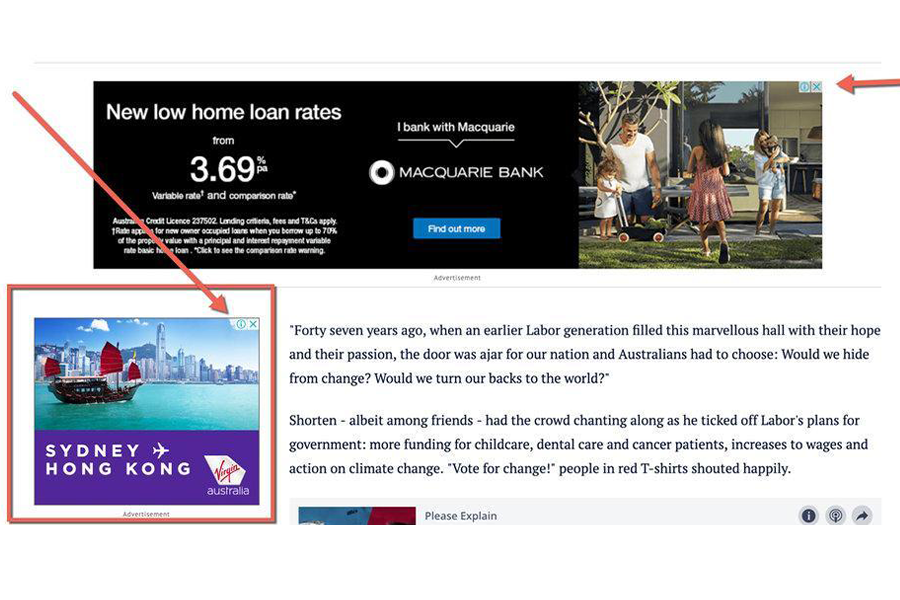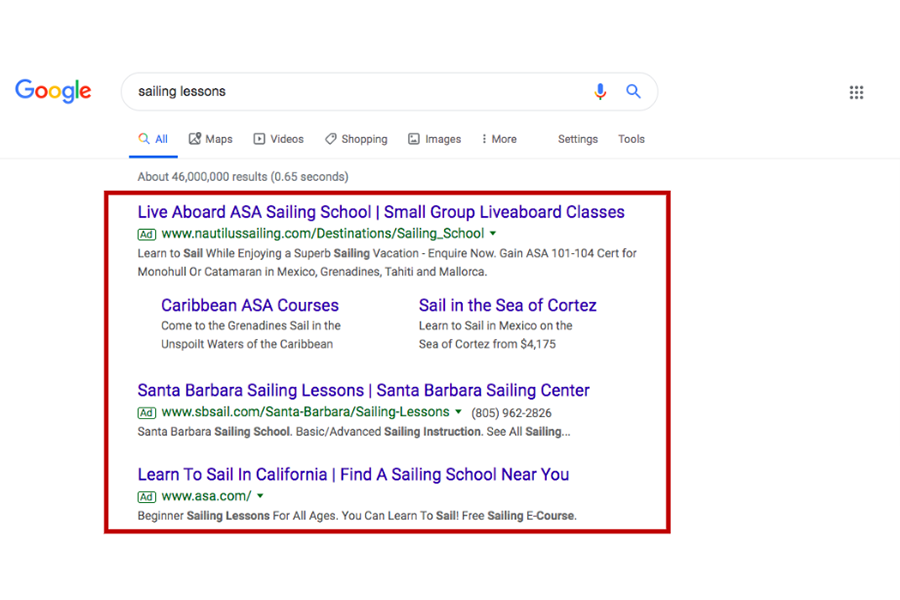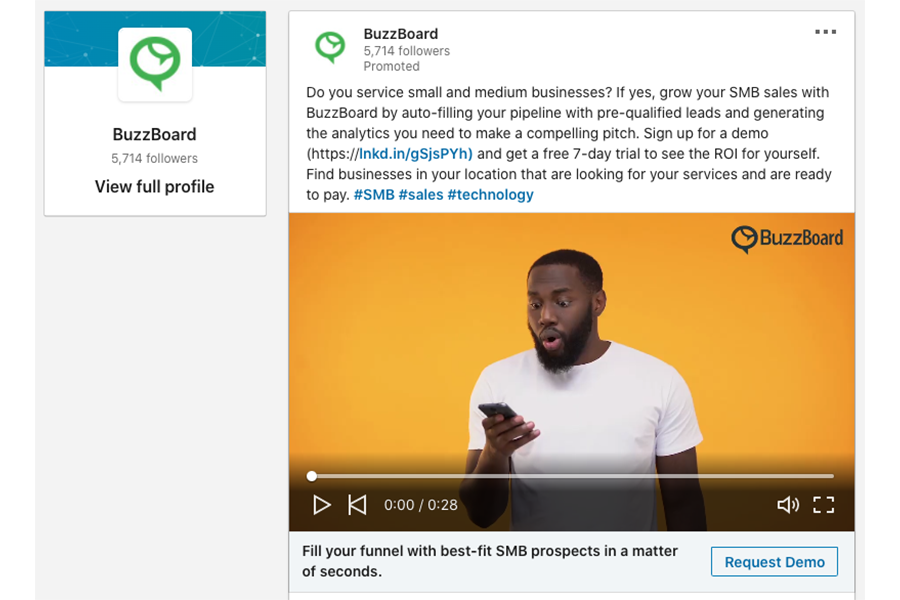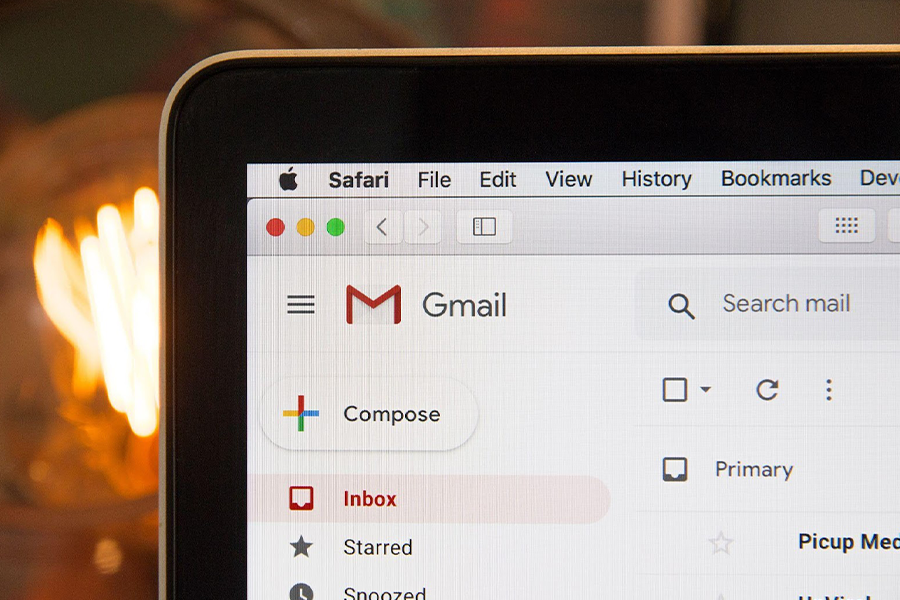Digital advertising is changing at pace with changes that are taking place in our general digitized environments. For many people across the globe, distancing measures accelerated the exodus from physical, in-person realities to virtual realities. This, as well as ongoing digital trends, has had an impact on the way people consume both and advertising.
In this article, we will look at digital advertising, analyzing the different strategies, tools, and platforms that are available for advertisers. We will then explore why implementing some of the digital advertising strategies will be key to driving effective consumer reach and generating higher conversions and return on investment (ROI) for your business.
Table of Contents
Overview of the digital advertising market
8 types of digital advertising you should know
Why digital advertising will boost your sales in 2022
Go digital or go home!
Overview of the digital advertising market
Statista’s report on global digital advertising spending points to the fact that digital ad spending has been growing over the past years. Digital advertising worldwide is calculated to have amounted to US$ 378.16 billion in 2020.
Digital advertising has various formats that will be explored in the next section. Of these, the digital formats that are dominating have been search and social. Worldwide advertising revenue registered from 2017 to 2025 shows that out of the total US$ 414 billion spent for the period, search ad spending accounted for nearly US$ 168 billion and social media ad spending accounted for US$ 122 billion.
Going forward, the projection is that search will continue to be the most popular digital advertising format among advertisers, as it is expected to have at least 40% of the market share by 2025.
Mobile internet has also become one of the heavily invested sub-sectors within digital advertising. Spending on mobile internet advertising is expected to rise from US$ 276 billion in 2020 to about US$ 495 billion in 2024.
It is clear that there is a lot of money going around when it comes to ad spending, but when looking at the impact return, as will be explored in the next sections, it is easy to see why advertisers are doubling down on digital.
8 types of digital advertising you should know
To fully understand the scope and impact of digital advertising, let us do a quick run-through of different digital advertising methods that businesses have available to them.
1. Display advertising

Display advertising refers to ads that are created to advertise products and services through visuals or text. The ads are then displayed on certain websites within a search engine’s display network (such as Google Display Network). Advertisers reach internet users or target consumers as they browse websites, check their email, watch videos, or use mobile devices.
2. Paid search advertising

Paid search advertising refers to ads that are displayed as part of the search results that are returned to a user when they search for something on their search engine. These ads are created for placement on engines such as Google, Bing, and Yahoo!. Advertisers use Search Engine Optimization (SEO) so their ads are displayed when certain keywords are searched.
3. Mobile advertising
Mobile advertising refers to advertising that appears on mobile devices, including smartphones and tablets. These ads can be in the form of text ads using SMS or banner placements that users will see embedded on mobile websites.
4. Retargeting/remarketing

Retargeting ads, alternatively known as remarketing ads, refer to ads that are placed to target specific internet users who have previously visited a certain website but did not actually convert to customers of the specific business.
5. Video advertising

Video advertising refers to ads that use in-feed video content and features a video thumbnail.
6. Social media advertising
Social media advertising involves various types of online ads that are displayed to users on social media platforms such as Facebook, Instagram, Twitter, and YouTube. This includes image ads, carousel ads, video ads, product ads, collection ads, lead ads, text ads, and interactive ads.
7. Native advertising

Native advertising refers to advertising that matches the look and feel of the media/platform they are displayed on. These are often found on social media feeds or in the form of content recommended on a certain website.
8. Email marketing

Email marketing is a form of digital marketing and direct marketing that uses emails sent by marketers to users to promote a certain business’s products or services.
Why digital advertising will boost your sales in 2022
With a background in digital advertising, we can now get into why the advertising tools and techniques offered by digital could help your business stand out and ultimately lead to greater profitability.
1. The world is going digital
Commerce, recreation, education, and life as we know it is going through various forms of digital transformation as digital technologies become more integrated into our daily lives driven by recent distancing measures.
A McKinsey report shows that for a number of companies, the distancing measures led to accelerated digitization of customer interactions by 3 or 4 years. A large chunk of people’s lives started being lived online.
For businesses, this means that the arena through which they can gain their consumers’ attention is also digital. Advertising tends to mirror the social trends of the day, so if people are spending their time on their mobile phones or on social media, then we would see this reflected in growing spending on mobile and social media advertising (as has been the case).
Engaging in digital advertising for your business means engaging with your consumers where they are congregated—online.
2. Digital ad media is overtaking traditional offline media
Statista’s report on global advertising revenue spanning from 2017 to 2025 shows that the growth that has been reflected in digital actually compensates for the significant drops that have been seen in traditional advertising.
In the US, for instance, data shows digital ad spending actually grew by 16.2% relative to the previous year. Globally, digital ad revenue was registered at EUR 414 billion while traditional ad revenue stood at EUR 227 billion. This disparity is expected to continue, with projections showing EUR 530 billion in digital ad revenue, while traditional ad revenue would have declined to EUR 220 billion.
These figures show the strengthening primacy of digital advertising formats vis-à-vis traditional advertising. When looked at from the consumer’s perspective, it is even more telling why advertisers are gravitating toward digital advertising and reducing their investments in traditional advertising media.
Statista 2019 survey data shows that more than half of the surveyed respondents from countries across the globe were likely to engage with digital ads that were placed in high-quality online environments. Indonesian respondents were 78% times more likely to engage with the ad content, Singapore was 66%, the U.K. and France were 65%, Canada was 55%, and the U.S. was 52%. The figures vary across the globe and they show the efficacy of well-placed digital ad content and the potential that exists for high conversion.
Consumers are shifting their media consumption patterns and this is driving the trajectory of advertising toward the dominance of digital. Statista predicts that in 2022, gaming will actually overtake traditional media such as newspapers and magazines to become the second-largest media after TV and video.
Looking at the trends of digital advertising in comparison to traditional advertising, it is clear that investing in digital advertising will increase your chances of boosting your company’s sales as you will have a greater chance of reaching your target consumers based on the shifting media consumption patterns.
3. Digital ads allow for greater targeting and personalization

One of the major reasons why digital advertising is growing is that beyond offering brands across the globe reach, it is offering them effective, targeted reach.
Digital advertising is putting unprecedented power in the hands of advertisers. Before, advertisers would create an ad and only hope that it reached the right people and at the right scale, but now, advertisers are able to control all this using digital advertising.
Using sophisticated algorithms, your business is able to target specific consumer groups or target audiences, and you are able to curate the consumer profile you wish to reach, down to the media they like to consume, their spending habits, demographic, etc.
This level of targeting helps ensure that you are able to reach consumers to whom your ad content would be relevant, those who would be most likely to convert to customers. Ultimately, this would translate to a higher return on investment.
Beyond this, the advanced targeting also enables greater personalization. Digital advertising enables advertisers to serve ads based on past purchases or searches and what results is personalized ad content that is relevant to the users as opposed to random content that does not relate to their needs. Again, this translates into potential for higher consumer conversions as the right kinds of promotional messages are served to the right kinds of people.
4. Digital is more cost-effective
Business, at the end of the day, is all about the bottom line. The goal for any advertisers is to find platforms that enable them to reach the most amount of people for the lowest cost. This, fortunately, is what digital advertising helps them deliver.
Data from Uhuru Network show that online advertising channels, such as social media, have a cost-per-thousand (CPM) impressions of only US$ 3 while equivalent outlets, such as TV and radio, have CPMs that are as high as US$ 28 and US$ 10, respectively.
If you are able to save more on your ad campaigns, through the higher ROI digital advertising enables, you will be able to spend more on your advertising to reach more consumers, drive more traffic, and ultimately, generate more sales.
Go digital or go home!
All recent trends point to a world where digital has primacy. With that considered, and with various data showing digital advertising’s effectiveness in not only reaching consumers but also reaching the right kind of consumers with the right kind of content, it is clear that businesses need to be strengthening their digital advertising strategies.
To recap, digital advertising will help boost your business’ sales in 2022 because:
- It reaches consumers in the digital spaces that they are predominantly occupying.
- It is overtaking traditional ad media and delivering more for advertisers.
- It allows for more accurate consumer targeting and ad personalization.
- It is more cost-effective and will give you a higher ROI.




